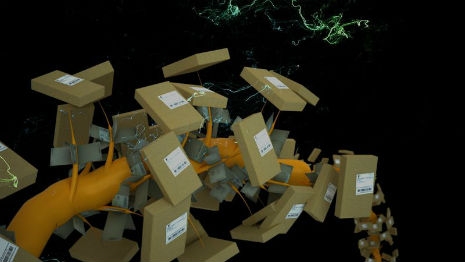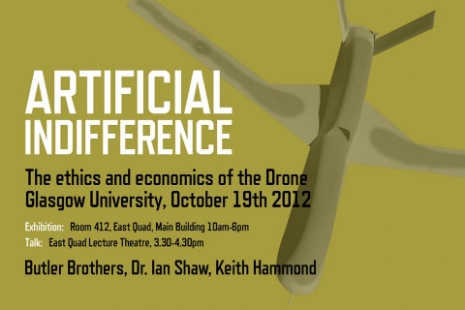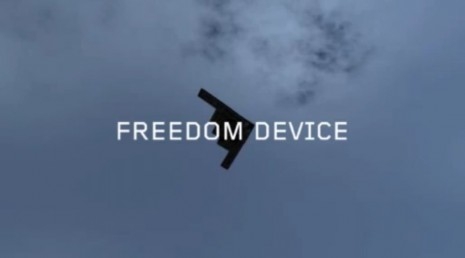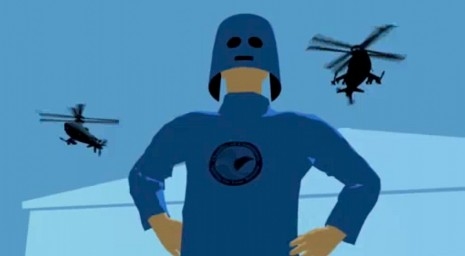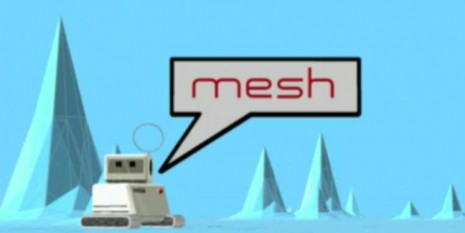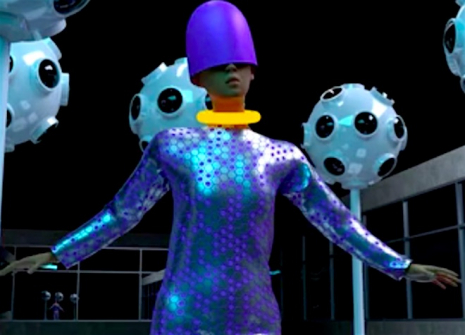
New Year, new you? Maybe. You can change the way you live and what you want to do. You can change your looks, your attitude, your friends, your hair. But there are some things you can’t change and the state knows that.
When Robert De Niro was de-aged for Martin Scorsese’s The Irishman he might have looked years younger but his bodily movements identified him as old. The idea that our body movements can identify our age, sex, and to an extent exactly who we are has led governments (like China) to use body motion technologies to keep tabs on its population.
Filmmaker John Butler has just released a short animation highlighting this new form of state surveillance. Called Gaitkeeper, a nice little play on words, Butler’s latest film aims to expose how governments are using body motion technology to control their citizens. I caught up with Butler this morning and asked about Gaitkeeper.
What inspired your new animation?
John Butler: Lots of artists have been doing things on facial recognition, and how to thwart/evade it, and it’s a well worn theme. My aim is to look at the new science of ‘gait recognition’, which is being tested as part of China’s social credit system. I’m sure you know about that, it’s the techtalitarian system of assigning each citizen a score for good behaviour, which relies heavily on digital surveillance tools such as facial recognition.
In a ‘solid state’, purchasing nappies is good, and buying alcohol is bad. A cashless system makes every transaction visible, so nosey journalists can often find themselves unable to book flights or even access the web.
Gait Recognition works on the assumption that your walk is as individual as your face or fingerprint, and I would agree. It allows identification from a distance and in cases where the face is obscured.
And you’ve used motion capture for this film?
JB Since motion capture is central to my art, I thought it was an obvious thing to do, especially since getting my own smartsuit. It is also a blatant attempt to be first in the field!
I was interested in the spat between Scorsese and Marvel, which you’ll know all about. In particular, he has used all of Marvel’s pioneering ageing/de-ageing tech to make The Irishman. One review praised how well it was done, but mentions the fact that De Niro “walks like a 70 year old…”
I think this backs up the theory that we are not images, but a compendium of behaviors. In the first Ant Man, they de-aged Michael Douglas, but he still has his older voice.
Another example is from Final Fantasy in 2000. This was the first attempt at a mocap film, and was a box office bomb. What surprised me was how James Woods, one of the most distinctive actors around, sounded like anyone else, when put into a synthetic character. I conclude that James Woods cannot be split into components. You need the hyper kinetic body language, the shifty look, the narrow face etc….
Our movement, motion, is as distinctive as our faces, and this will soon be captured and interned. Gaitkeeper is a biometric control suite designed to counter the challenge of “Locomotive Camouflage.”
Is that how you think we can counter governments using motion capture against us?
JB: Yes, with Gaitkeeper I’m imagining a time when performance artists and dance specialists will be in demand to train civic insurgents in the art of Locomotive Camouflage. It’s also “The Ministry of Silly Walks,” for the age of surveillance.
Gaitkeeper depicts a training and deployment phase, and a carivalesque riot inspired by the umbrellas of Hong Kong.
Previously on Dangerous Minds:
John Butler: Changing the world one animation at a time
A song of praise to the future: John Butler’s new speculative animation ‘Acrohym’
‘The Ethical Governor’ and the Genius of John Butler








